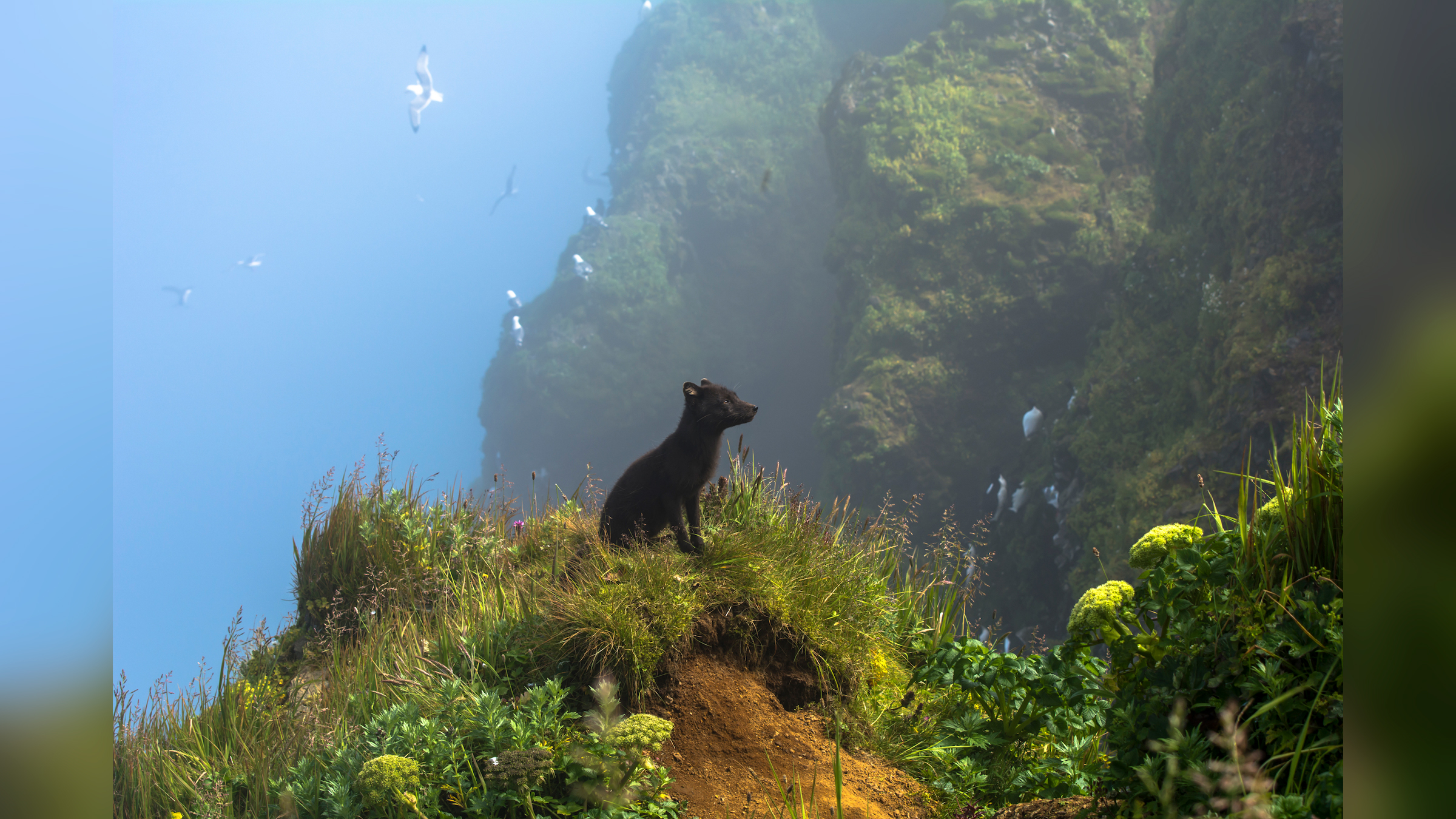
A stunning sunset shot of oyamel fir trees heavy with millions of monarch butterflies has taken the grand prize at the 11th annual BigPicture: Natural World Photography Competition.
Photographer Jamie Rojo captured the incredible image, entitled The Forest of the Monarchs, at Michoacan’s Monarch Butterfly Biosphere Reserve, a UNESCO World Heritage Site.
The butterflies arrive in Mexico’s humid Sierra Madre Mountains in the winter, after leaving their North American summer breeding grounds.
They are the only butterfly species known to make an annual two-way migration, a journey of 3,000 miles.
These iconic orange and white insects face huge challenges from encroaching agriculture, climate change, and deforestation in the Mexican wintering grounds.
The BigPicture Competition aims to celebrate the bizarre and the breathtaking, highlighting Earth’s biodiversity and illustrating the many threats it faces. The competition is judged by an esteemed panel of nature and conservation photography experts, and chaired by wildlife photographer Suzi Eszterhas.
After receiving over 7,000 entries from 70 countries, the winners of six categories and overall winners were chosen.
Here are some of my favorites from the winners and finalists.
Hopeless, Alvaro Herrero, Baja, California
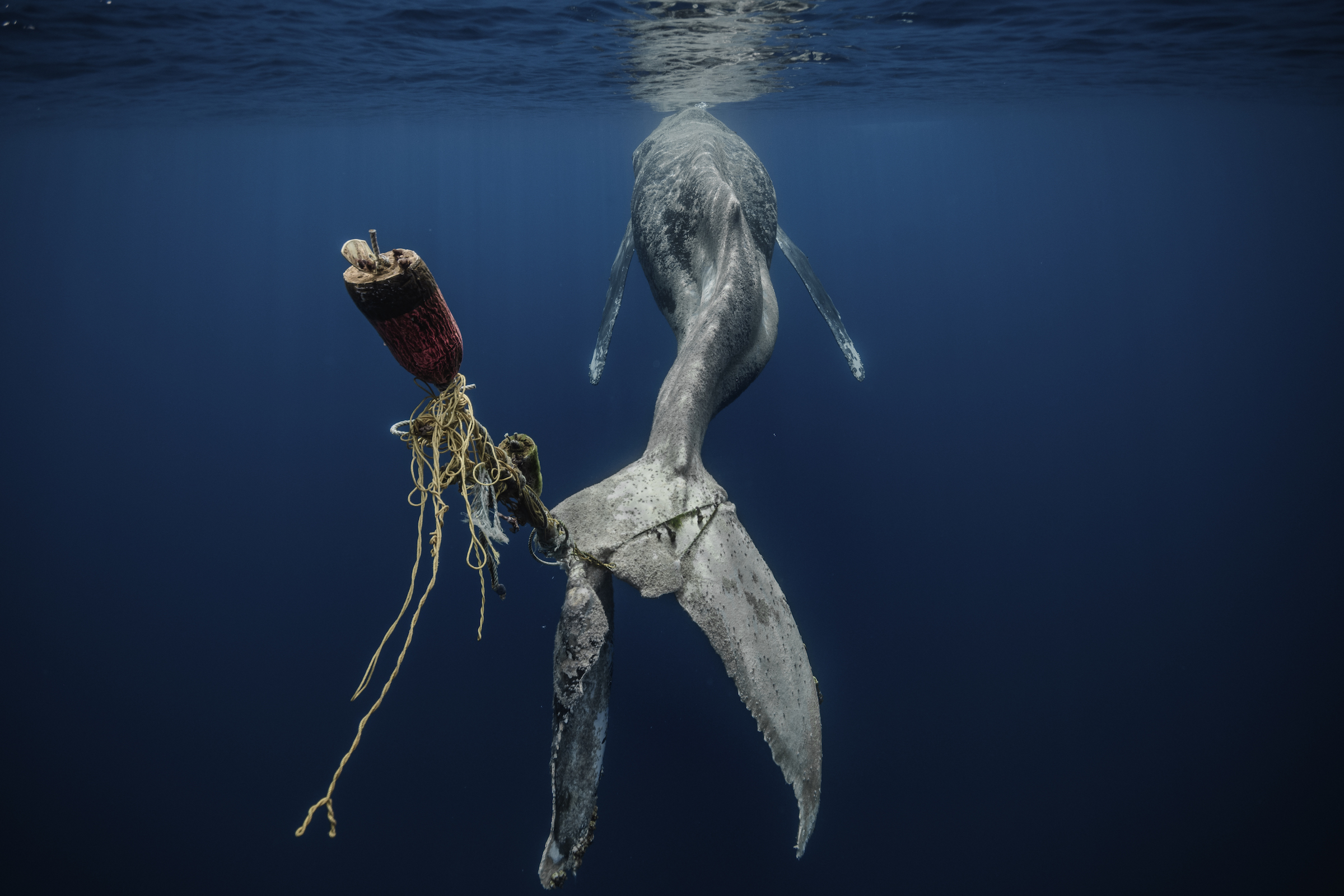
Ethereal yet haunting, this elegant image of a humpback whale captures the threats these gentle giants face in oceans around the world. Years of hunting, vessel strikes, disease, and entanglement in fishing gear have collectively killed thousands of humpback whales, pushing them, and other cetaceans to the brink of extinction.
Photographer Alvaro Herrero says he captured the fatal entanglement of this juvenile humpback whale in order to paint an unflinching image of the life-threatening conditions whales face along their migrations – and also to illustrate the slow, painful death of our planet at the hands of human selfishness and inactivity.
Herrero was a finalist in the Human/Nature category with this image.
Northern Ghosts, Peter Mather, Alaska’s Arctic Coast
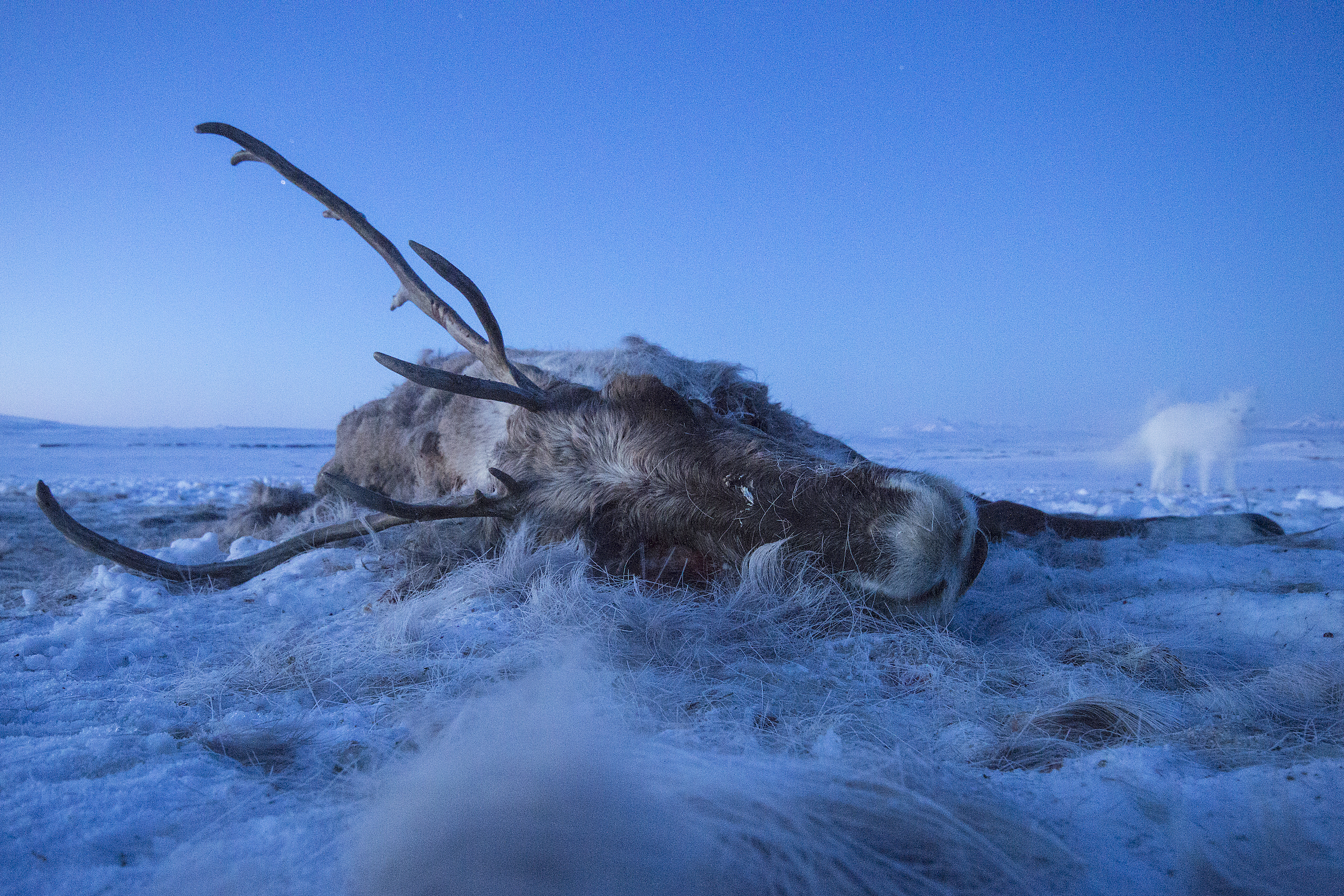
North America’s Arctic is one of the coldest and most barren places on Earth, but despite this, it’s surprisingly biodiverse. Iconic species, adapted to live in the harsh environments include the caribou, bears, and wolves.
These animals are known to be extremely elusive, leaving behind few traces of their presence beyond footprints and noises in the dark.
This image from Peter Mather won the Photo Story category. He used motion-activated camera traps, often leaving them in locations for months, or even years, capturing rare visuals of the ice-covered expanses of the Arctic, including this caribou carcass.
The photographer used both flash photography and long exposure to illustrate the fleeting presence of a curious arctic fox in the background.
Good Fire, Maddy Rifka, Humboldt City, California
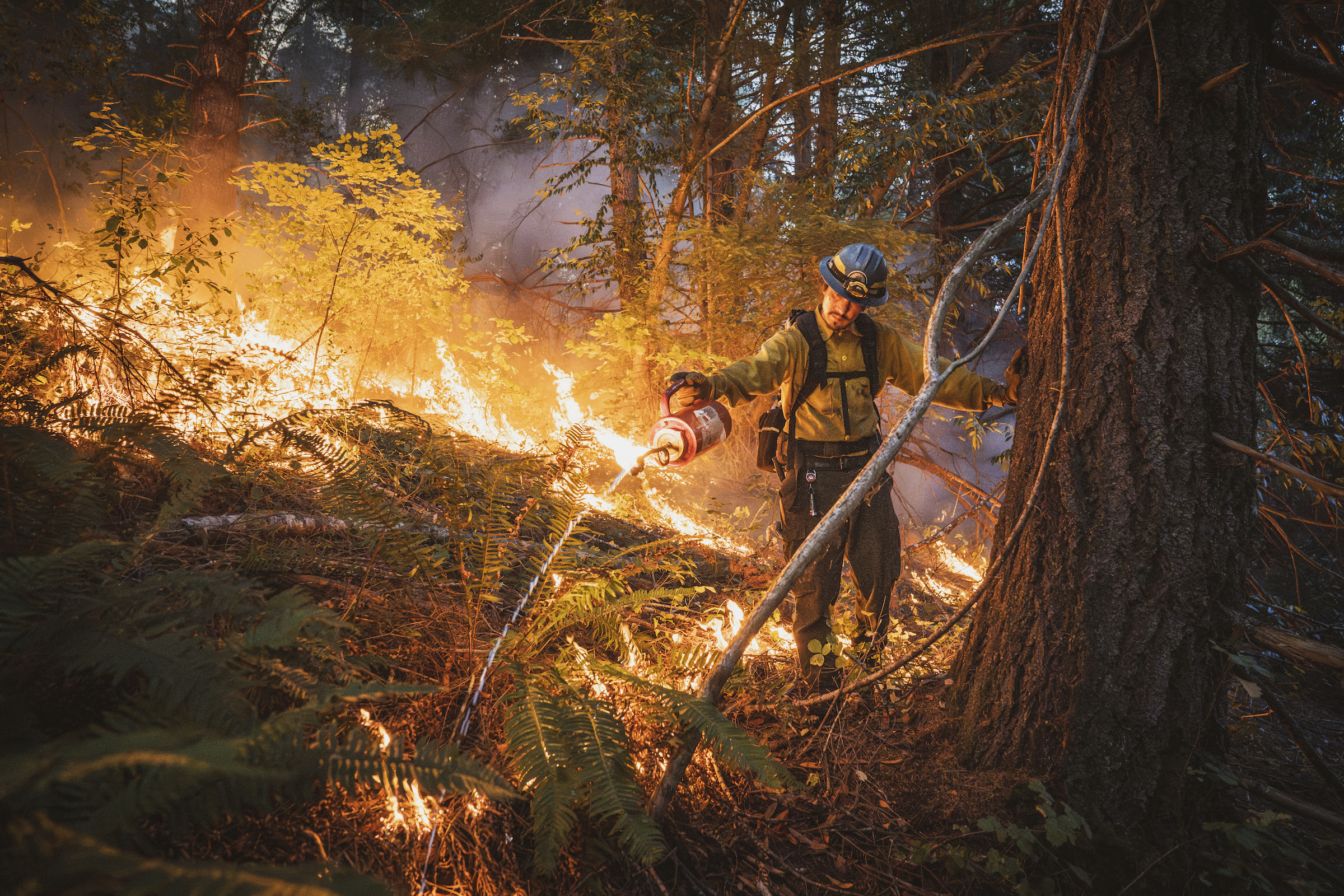
Rifka won in the category Human/Nature, with this powerful image of the California wildfires.
“When you hear the words ‘wildfire’ and ‘California,’ many think first of ‘devastation,” said Rifka, referring to the spate of deadly, massive wildfires that have ripped through western North America in recent years.
However, for centuries past, tribal communities throughout the West thought of fire as a positive force, bringing warmth and life. Indigenous populations of California traditionally tended and cleared land by igniting frequent, low–intensity fires, mimicking natural disturbances caused by lightning, a practice that still exists in many countries today.
Steven Saiz, pictured, is a Hoopa Valley tribal member and one of many Native Americans fighting to reclaim their ancestral right to burn on California lands.
In this image, Saiz pours a steady stream of fuel onto the carefully curated flames, coaxing them to spread through the dense undergrowth surrounding the Yurok Tribe elder’s home.
Here, Saiz knows that this intentional form of “destruction” will eventually encourage new life on the Yurok Reservation, and protect lives from the deadly, out-of-control blazes that have too often torn apart mismanaged forestlands.
A Moment in the Sun, Kathleen Borshanian, Pribilof Islands, Alaska
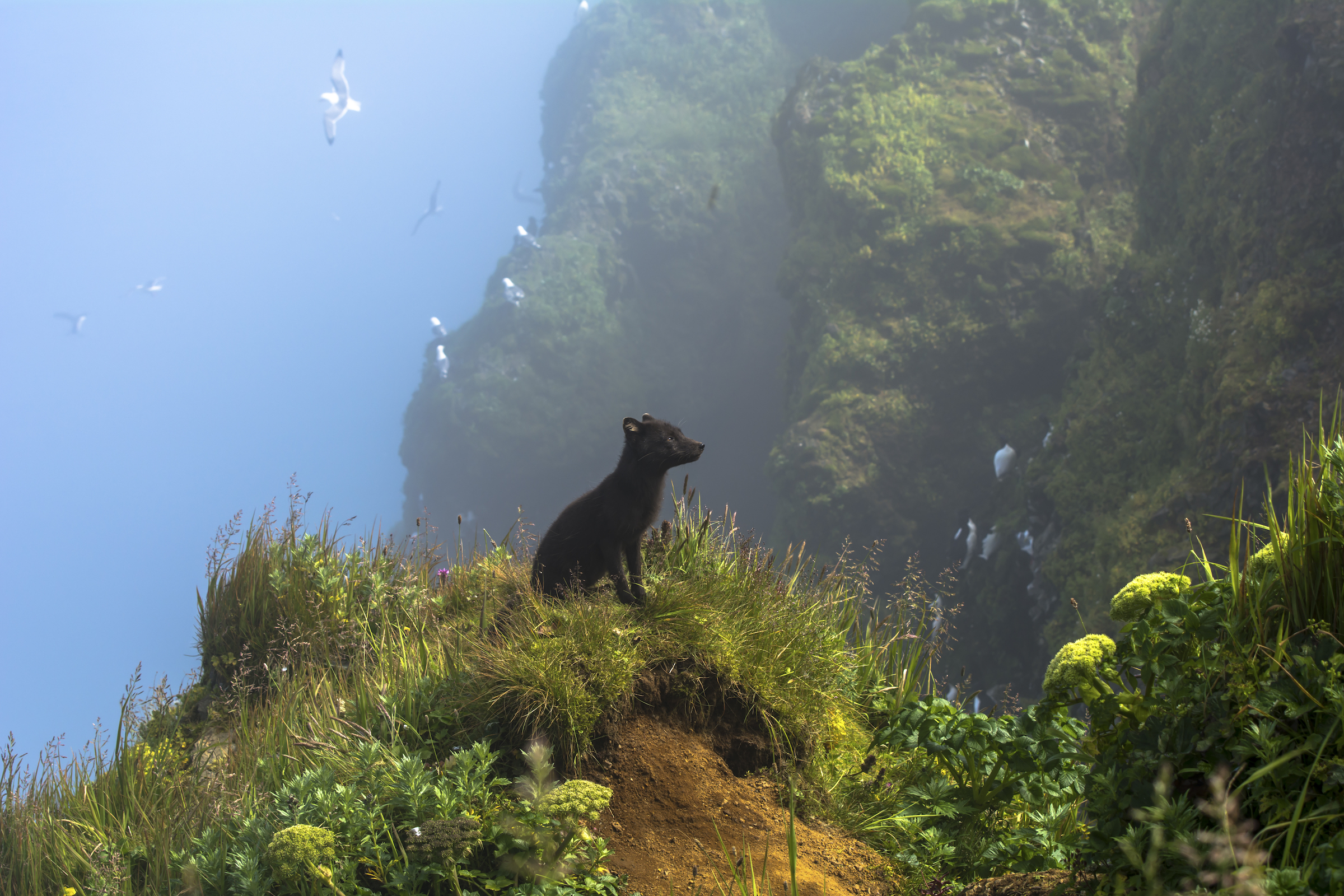
Borshanian’s image is so beautiful it almost doesn’t look real, and was a finalist in the Terrestrial Wildlife category. A stunning Arctic blue fox sits perched on the cliffs of the Pribilof Islands in pure tranquillity. Borshanian got lucky, as the cliffs are usually shrouded in fog.
Dubbed the ‘Galapagos of the North’, the archipelago was formed by repeated volcanic eruptions that began hundreds of thousands of years ago. The islands are today a haven of biodiversity home to northern fur seals' colonies, millions of seabirds, and very few humans.
Beauty of the Desert, Hema Palan, Thar Desert, India
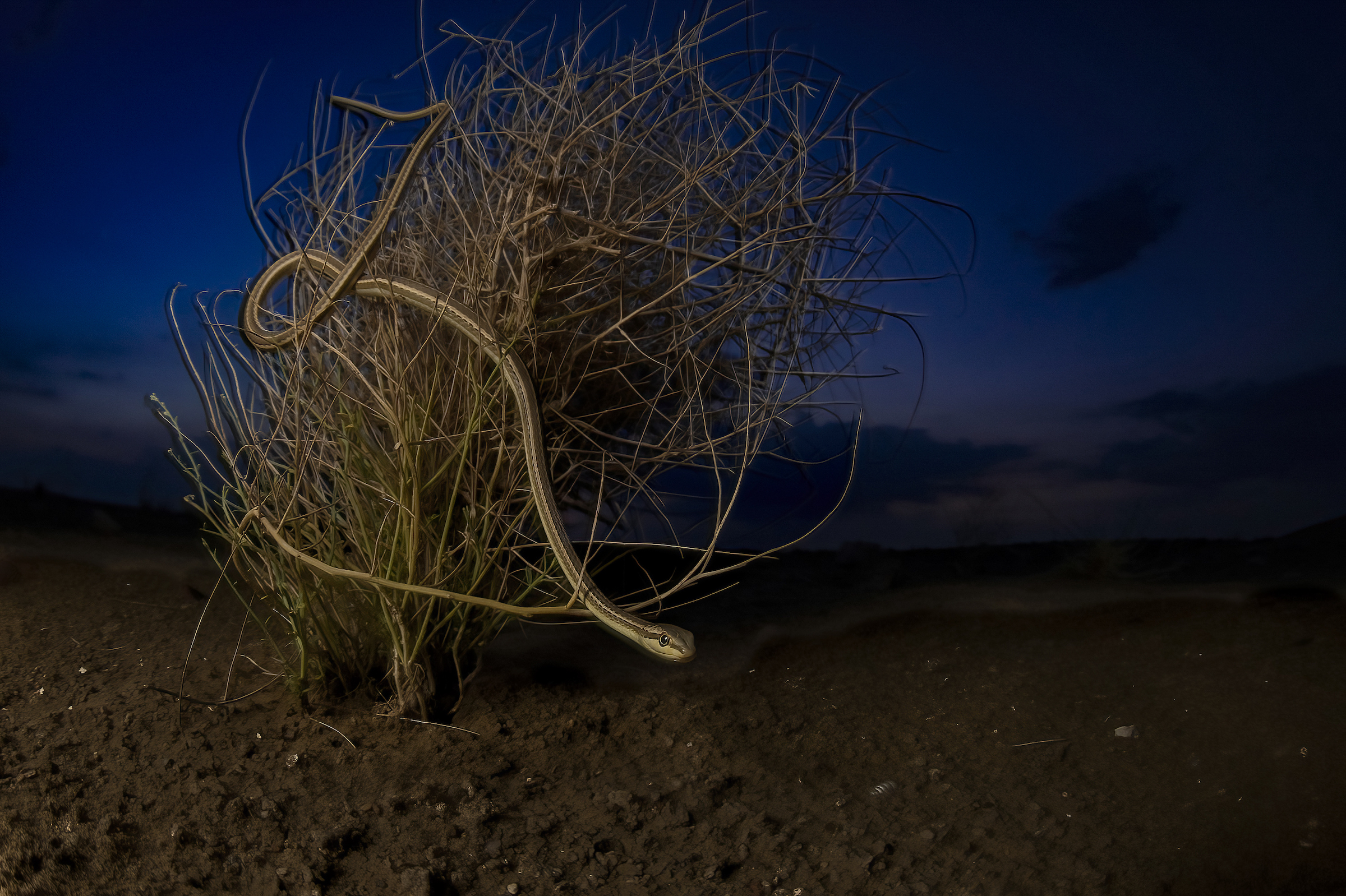
Winning the Terrestrial Wildlife Category with this image of a Schokari sand racer, Hema Palan managed to capture a tranquil nighttime shot of the reptile moving through the branches of a shrub.
The sand racers can move up to 16 kilometers an hour along the sand, earning them the title of one of the fastest snakes in the region.
With very few animal predators, the snakes are facing growing threats from humans, as mining development and commercial farming collectively damage the region's fragile ecosystems.
One of the most densely populated deserts in the world, at 83% per kilometer, it is also one of the smallest. Despite its size and inhospitable climate, it’s surprisingly biodiverse, and is a refuge for many endemic and endangered species.
Tadpole Migration, Shane Gross, Vancouver Island, Canada
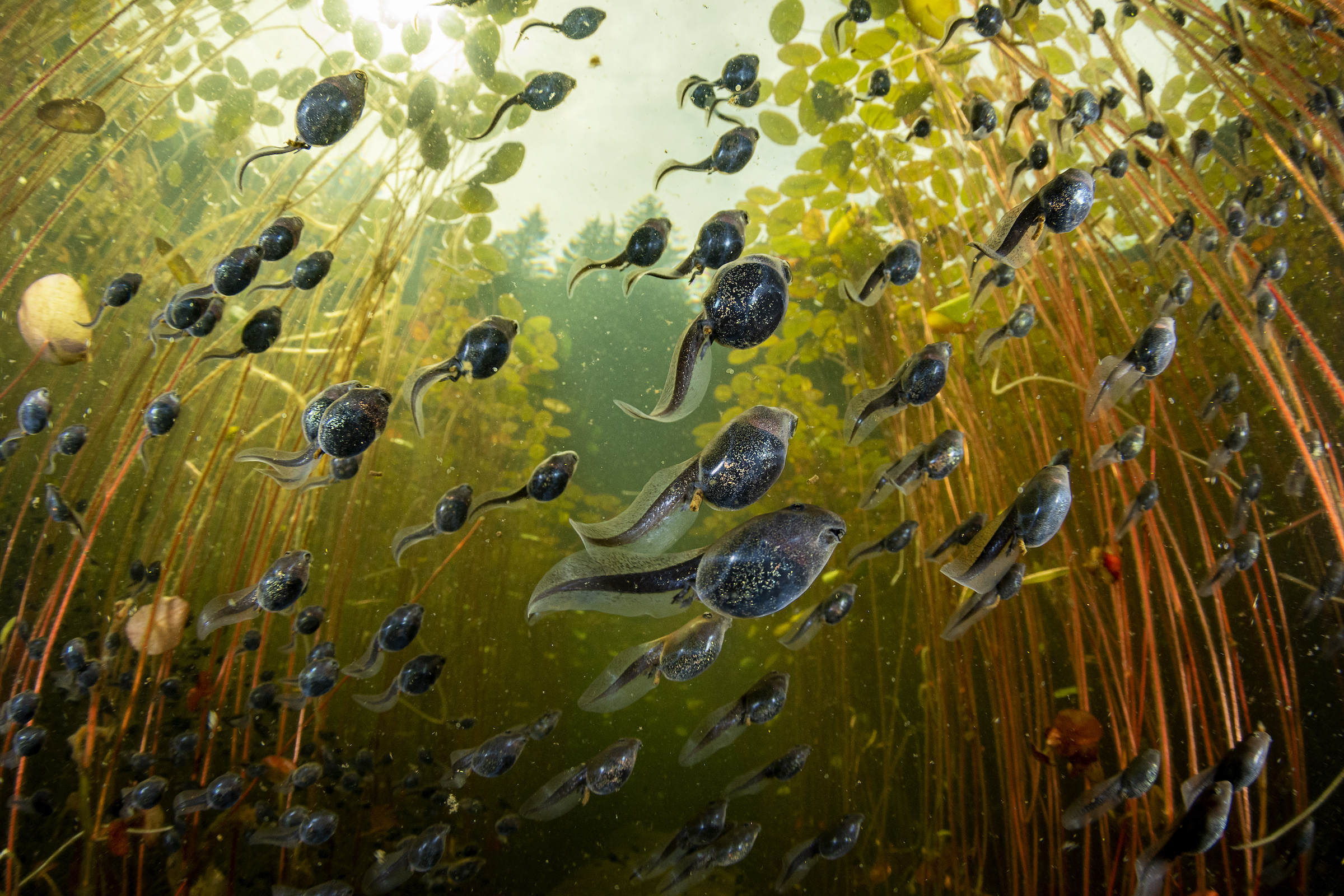
All throughout summer in the lakes of Vancouver Island, hundreds of paperclip–sized western toad tadpoles shimmy their way from the relatively safe depths of the water into sunlit shallows to feast on the thriving algae.
Shane Gross is a veteran underwater photographer, who heard a rumor about the tadpoles’ great migration.
Gross was amazed by the scene that met him when the tadpoles surfaced, dancing through the water, their skin flashing gold and black in the sunlight.
Winning in the Aquatic Life category, He used a tilted fish–eye lens to capture the tadpoles, the lily pads, and the towering forest above them.
Take a look at our guides to the best cameras for wildlife photography, the best underwater cameras, and the best underwater housings for cameras and phones.







